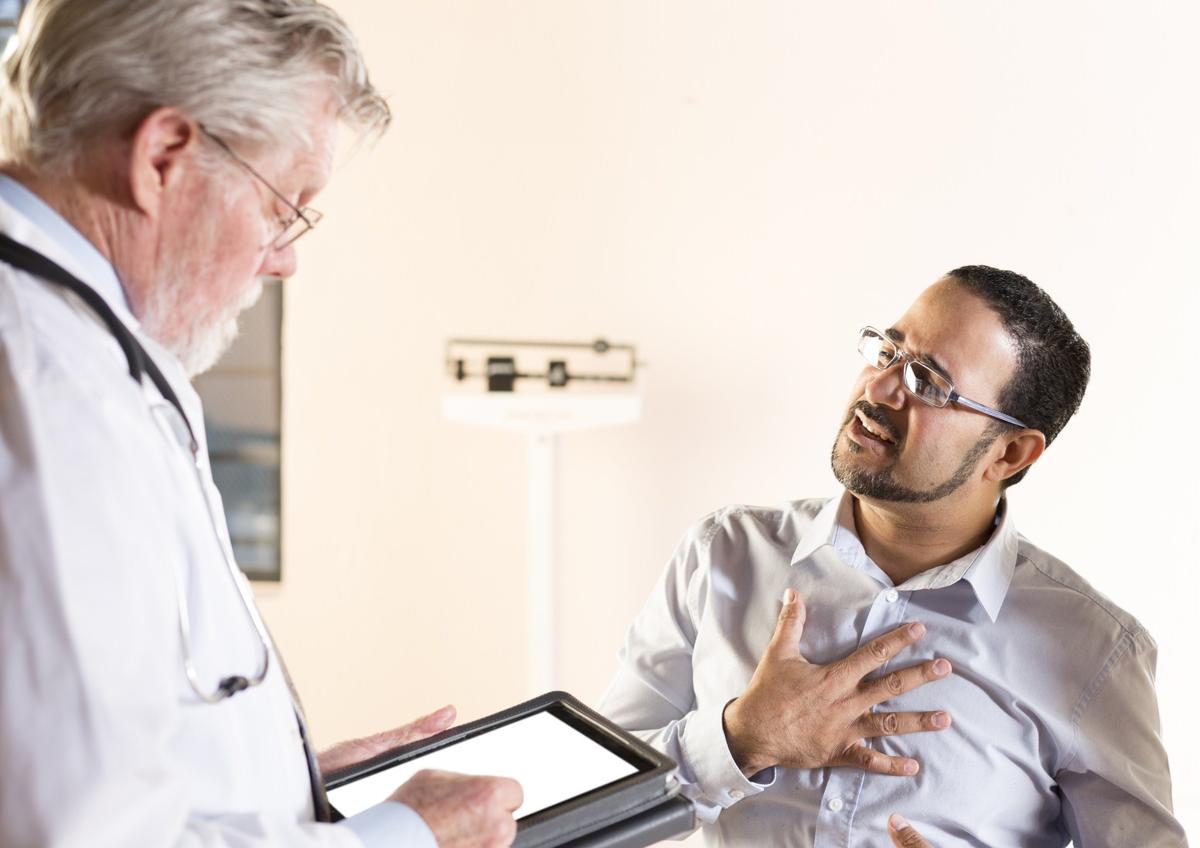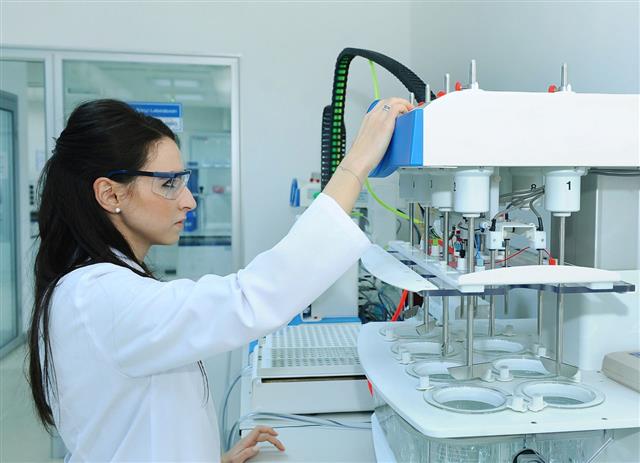
Sinus tachycardia is a condition that affects the sinus node of the heart and results in the increase of the resting heart rate, taking it above 100 beats per minute. In this following HealthHearty article, we will focus on the symptoms, causes and treatment options of this condition.
Sinus tachycardia is a condition in which the sinus or the resting heart rate accelerates more than the normal heart rate. The sinus in this case refers to the sinus node or the sinoatrial node of the heart. This node consists of a small group of cells that are found in the upper right chamber or the atrium of the heart containing cells that are more commonly known as the pacemaker cells. These generate the electrical signals that control the rhythm and pace of the heartbeat.
The signals thereon travel from the sinus node to the atrioventricular node (AV) and are then sent to the ventricles that pump the blood to the rest of the body. An abnormal sinus tachycardia rhythm is above 90-100 beats per minute for an average adult (normal heart rate of an adult human ranges from 60 to 100 beats per minute).
Causes
In most cases, the condition is the result of certain physiological conditions like extensive exercises or caused as a result of stress, fright, anger, or flying. Some other causes of this condition are:
- Fever
- Anxiety
- Anemia
- Dehydration
- Heart failure
- Malignant hyperthermia
- Hypovolemia
- Endocrine disorders
- Hyperthyroidism
- Sepsis
- Pulmonary embolism
- Acute coronary ischemia and myocardial infarction
- Chronic obstructive pulmonary disease
- Hypoxia
- Stimulants such as caffeine, nicotine, cocaine or amphetamines
- Hyperdynamic circulation
- Cancer related body stresses
- Electric shock
- Pheochromocytoma
Sinus tachycardia is a common occurrence during pregnancy. There is an increase in the cardiac output by about 40 per cent, and an increase in the heart rate by10 to 20 beats per minute.
Sinus Tachycardia Symptoms
This condition is asymptomatic, that is, the condition does not result in any visibly serious symptoms. However, some problems and minor symptoms of sinus tachycardia include the following:
- A racing heart rate or palpitations
- The feeling of the heart pounding in the chest.
- Dizziness (in some cases)
- Actual syncope (fainting)
- Consistent fast heart rate (above 100 BPM) even at rest; although some nights it seems to slow down to around 80 BPM
- Periodic chest pain, sometimes sharp, other times constraining, accompanied with chest pressure
- Out of breath at most times
- Increased fatigue
- Intolerance to exercise or any type of physical activity, even walking up a few stairs
- Severe anxiety
Sinus Tachycardia Treatment Options
Once the doctor has diagnosed the underlying causes of the disease, there are two types of treatment options available.
Drug Therapy
Drug therapy for treating sinus tachycardia has generally been limited to beta blockers, calcium channel blockers, and antiarrhythmic drugs. While the beta blockers restrict the effect of adrenaline on the sinus node, the calcium blockers and antiarrhythmic drugs have a direct effect on the firing rate of the sinus node.
Non-Drug Therapy
Certain non-drug therapies like an increase in salt intake or the complete removal of the sinus node radio frequency catheter ablation may also be considered for people who do not want to opt for drugs and medication. In certain extreme cases, surgery may also be considered. While these treatment options may work, a reasonable non-pharmacologic approach to managing the condition is to do absolutely nothing. It seems that most of the time an impaired sinus tachycardia tends to improve over time in most patients. Hence, people who are not severely symptomatic are sometimes advised to not go in for any form of extensive treatment.
It is important that the treatment of sinus tachycardia be based on the medical history of the patient and should be tailored to the individual. The treatment varies based on the duration of the tachycardia, how well the individual is coping with the increased heart rate, the likelihood of recurrence once the rhythm is terminated, and any other medical condition the individual might be suffering from.
Disclaimer: The information provided in this article is solely for educating the reader. It is not intended to be a substitute for the advice of a medical expert.



